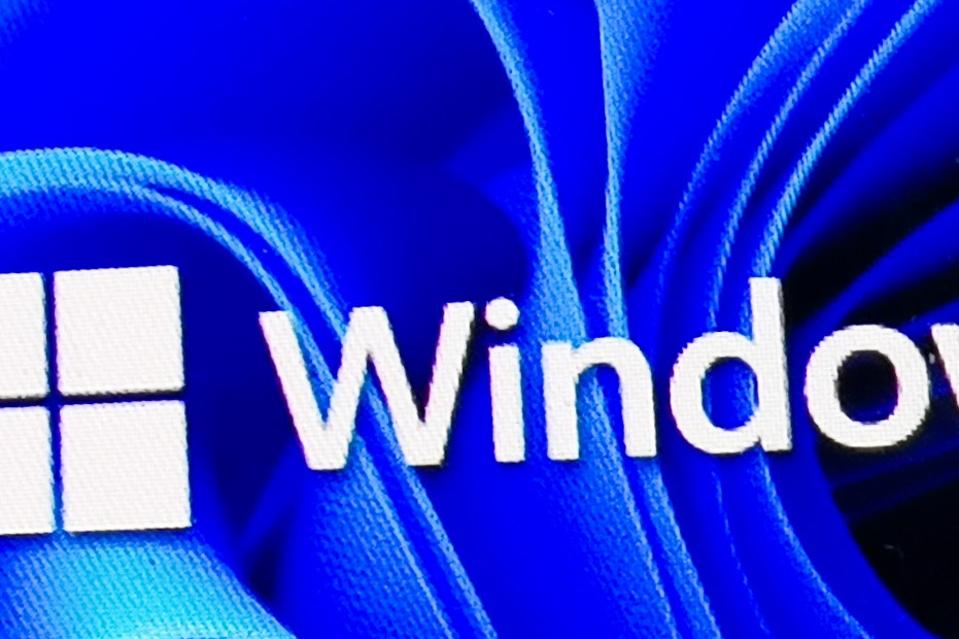More bad news for Windows 11 users.
NurPhoto via Getty Images
Microsoft has already confirmed that its latest Windows 11 update “might fail to install,” with an emergency update already released. Not a good look for a mandatory security update. But now a new report suggests an even nastier surprise for some users.
First picked up by WccfTech, August’s update appears to “cause several SSD failures,” with the drives becoming “non-functional after a large data write.” It seems “storage drives reportedly malfunction while large files are being written to them at once.”
The initial report came courtesy of @Necoru_cat who posted on X that “drives disappear from the OS (SMART data also becomes unreadable); in some cases, access to the buffered tree is possible, but files cannot be read.” This seems to be a “suspected issue with the operation of the drive cache” with a “high likelihood of file corruption.”
Unsurprisingly, it’s not yet clear how widespread an issue this is, and while the list of drives suspected to be vulnerable is currently limited, it’s unlikely that many users are rushing to test their own SSDs with a large file write to see if they fail.
@Necoru_cat’s testing suggests “SSDs with over 60% usage after approximately 50GB of continuous writing” are affected, with “similar symptoms on HDDs as well. Our tests suggest that Phison NAND controllers are relatively prone to issues, with DRAM-less models from the same company tending to exhibit issues at lower write volumes.”
Microsoft has not commented as yet — although I heave reached out to see if there’s any confirmation on the reports and guidance for users. Past history suggests we’ll see an annotation in the update report once this has been fleshed out.
It’s not dissimilar to the latest emergency update, which fixed what Windows Latest described as a “headache” for users, lamenting that it was some time after the website “flagged critical issues” before “Microsoft finally acknowledged our report.”
WccfTech says SSDs thought to be affected by the update failure are as follows:
- Corsair Force MP600
- Phison PS5012-E12 controller-equipped SSD
- KIOXIA EXCERIA PLUS G4
- Fikwot FN955
- SanDisk Extreme PRO M.2 NVMe 3D SSD
The site says “the problem is likely from a storage driver or kernel-level regression that came with the update, which mishandles long sequential writes, ultimately leading to controller lock-up, which makes the drive disappear and is not recognizable by the OS.”
Until there is any official word from Microsoft through official channels on the issue and the fix, users are advised ”to avoid long sequential write instances, especially if their drive is on the above-mentioned list” or has “a Phison controller onboard.”
This ia a tough backdrop to the campaign pushing 700 million reluctant Windows 10 users to upgrade to Windows 11. Microsoft will no doubt hope this all resolves quickly.









